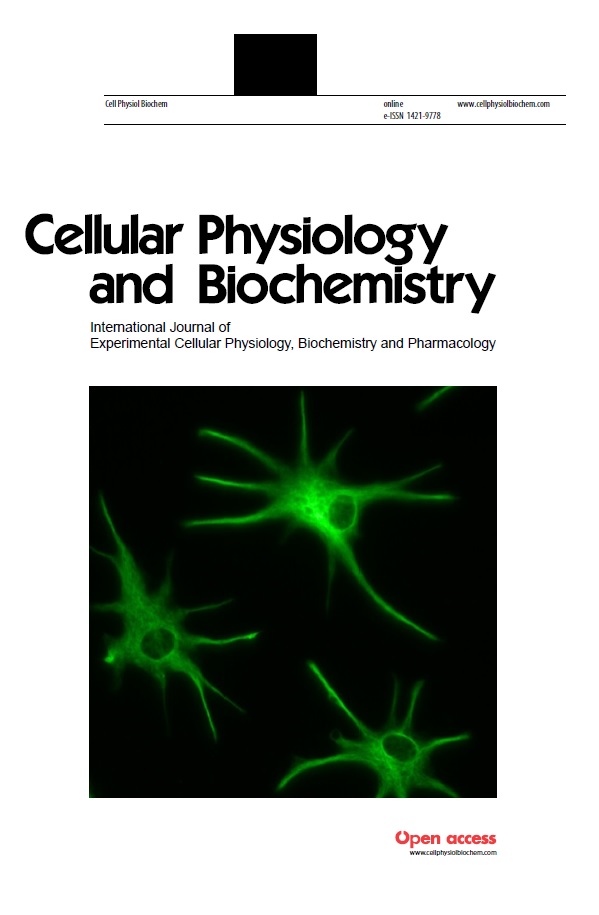
Apelin concentrations are associated with altered atherosclerotic plaque stability mediator levels and atherosclerosis in rheumatoid arthritis.
Sign Up to like & getrecommendations! Published in 2017 at "Atherosclerosis"
DOI: 10.1016/j.atherosclerosis.2016.11.024
Abstract: BACKGROUND AND AIMS Apelin-APJ signaling reduces cardiovascular disease (CVD) risk. In rheumatoid arthritis (RA), the atherosclerosis burden and plaque vulnerability to rupture are increased. We explored relationships between apelin concentrations and subclinical CVD in RA.… read more here.
Keywords: plaque; apelin concentrations; plaque stability; rheumatoid arthritis ... See more keywords

Transforming growth factor-β2 is associated with atherosclerotic plaque stability and lower risk for cardiovascular events.
Sign Up to like & getrecommendations! Published in 2023 at "Cardiovascular research"
DOI: 10.1093/cvr/cvad079
Abstract: AIMS Transforming growth factor-beta (TGF-β) exists in three isoforms TGF-β1, -β2 and -β3. TGF-β1 has been suggested to be important for maintaining plaque stability, yet the role of TGF-β2 and -β3 in atherosclerosis remains to… read more here.
Keywords: plaque stability; transforming growth; tgf; cardiovascular events ... See more keywords

siRNA nanoparticles targeting CaMKIIγ in lesional macrophages improve atherosclerotic plaque stability in mice
Sign Up to like & getrecommendations! Published in 2020 at "Science Translational Medicine"
DOI: 10.1126/scitranslmed.aay1063
Abstract: Targeted siRNA nanoparticles can specifically inhibit pro-atherogenic macrophage pathways to combat atherosclerotic vascular disease. Perturbing plaque macrophages Macrophages in atherosclerotic lesions promote inflammation and plaque progression and are an attractive therapeutic target. Here, Tao et… read more here.
Keywords: plaque; plaque stability; sirna nanoparticles; lesional macrophages ... See more keywords

Transgenic Overexpression of IL-37 Protects Against Atherosclerosis and Strengthens Plaque Stability
Sign Up to like & getrecommendations! Published in 2018 at "Cellular Physiology and Biochemistry"
DOI: 10.1159/000487344
Abstract: Background/Aims: Recently, studies have shown that interleukin-37 (IL-37) is involved in atherosclerosis-related diseases. However, the regulatory mechanisms of IL-37 in atherosclerosis remain unknown. This study aims to determine the role of IL-37 in atherosclerosis and… read more here.
Keywords: transgenic overexpression; overexpression protects; plaque stability; protects atherosclerosis ... See more keywords

Crosstalk Between Macrophages and Vascular Smooth Muscle Cells in Atherosclerotic Plaque Stability.
Sign Up to like & getrecommendations! Published in 2022 at "Arteriosclerosis, thrombosis, and vascular biology"
DOI: 10.1161/atvbaha.121.316233
Abstract: Most acute cardiovascular events are due to plaque rupture, with atheromas containing large necrotic cores and thin fibrous caps being more susceptible to rupture and lesions with small necrotic cores and thick fibrous caps being… read more here.
Keywords: atherosclerotic plaque; plaque stability; plaque; vascular smooth ... See more keywords

The Role of Hydrogen Sulfide in Plaque Stability
Sign Up to like & getrecommendations! Published in 2022 at "Antioxidants"
DOI: 10.3390/antiox11122356
Abstract: Atherosclerosis is the greatest contributor to cardiovascular events and is involved in the majority of deaths worldwide. Plaque rapture or erosion precipitates life-threatening thrombi, resulting in the obstruction blood flow to the heart (acute coronary… read more here.
Keywords: hydrogen sulfide; plaque stability; plaque; role hydrogen ... See more keywords